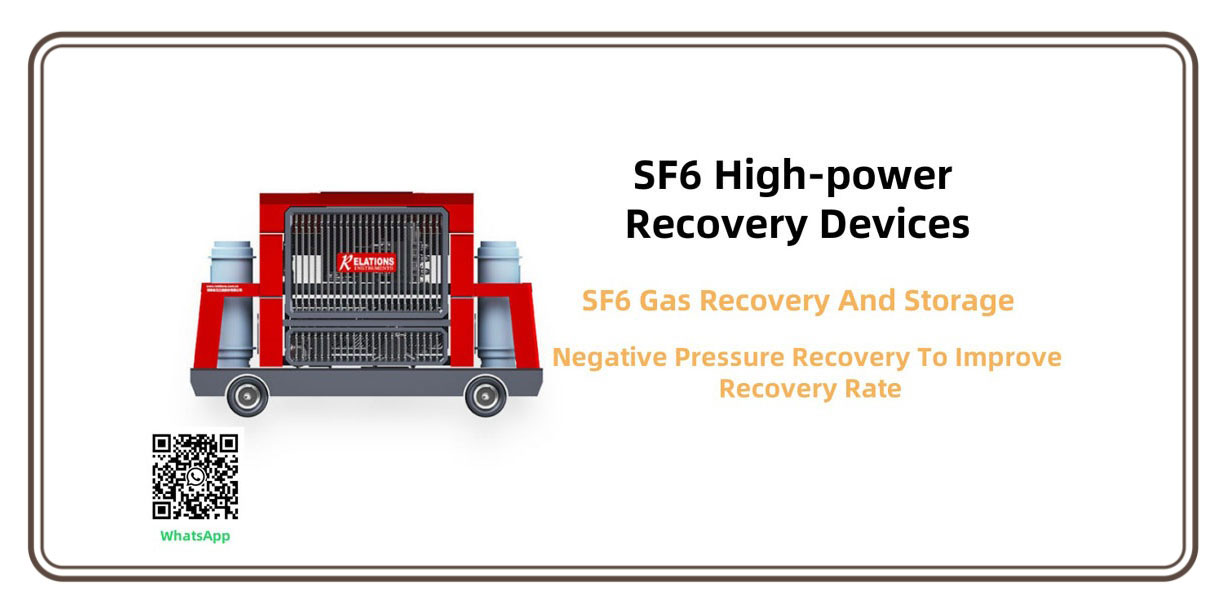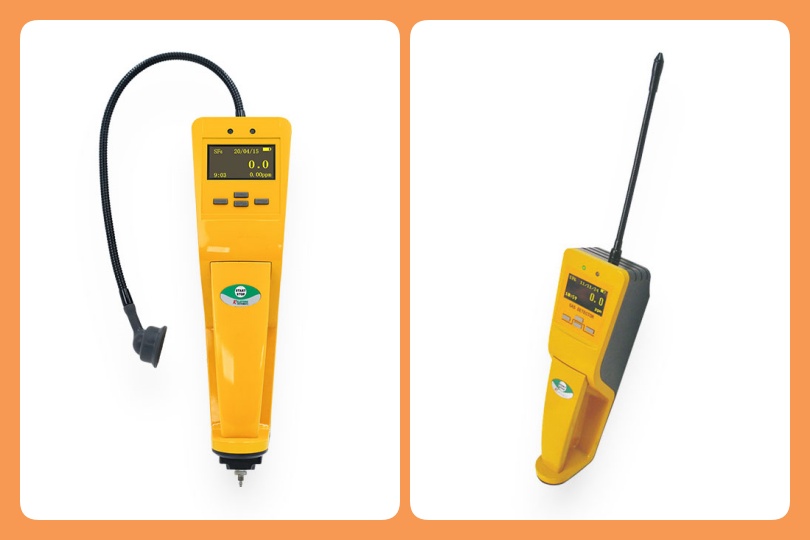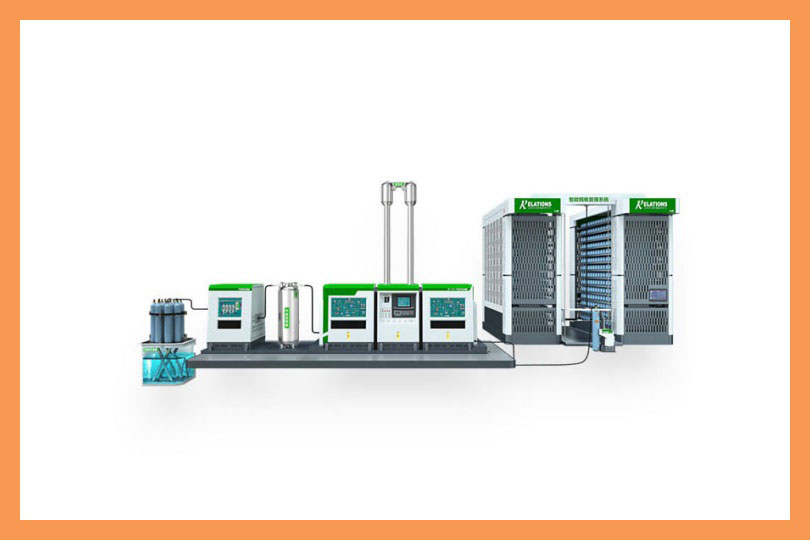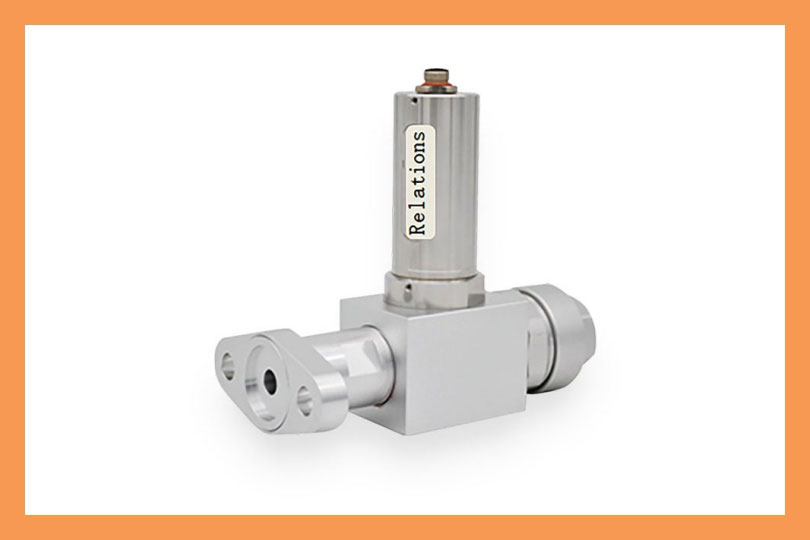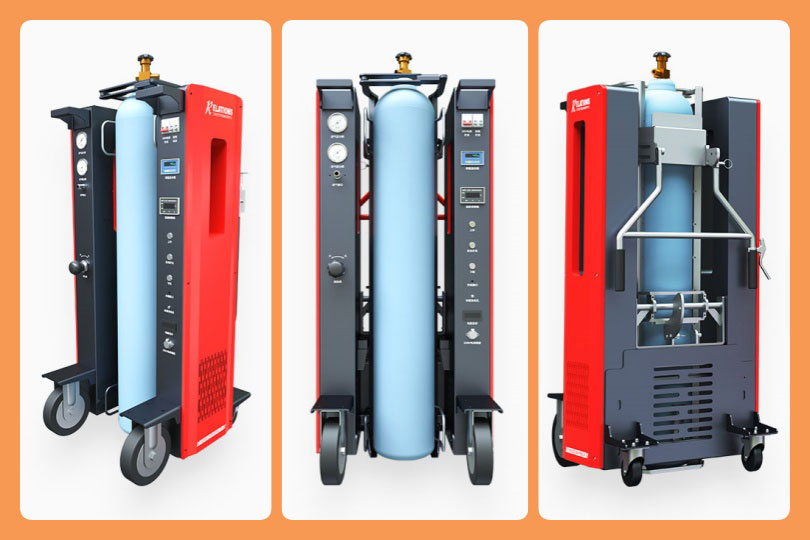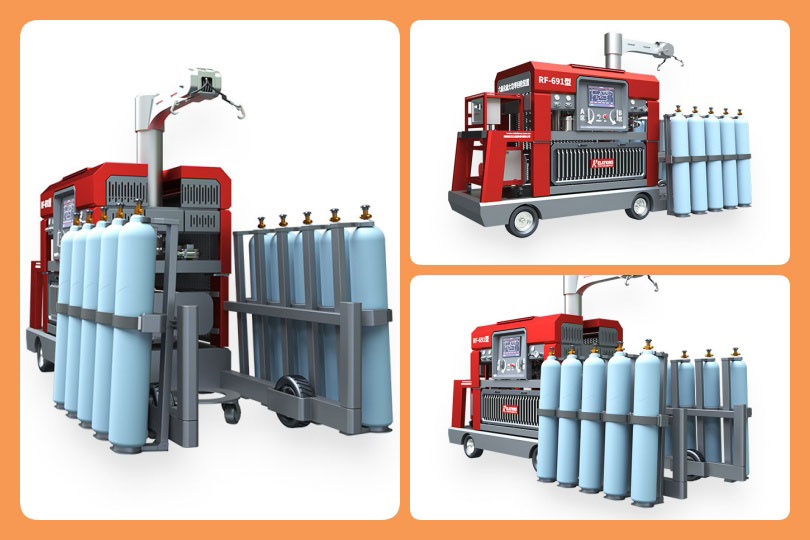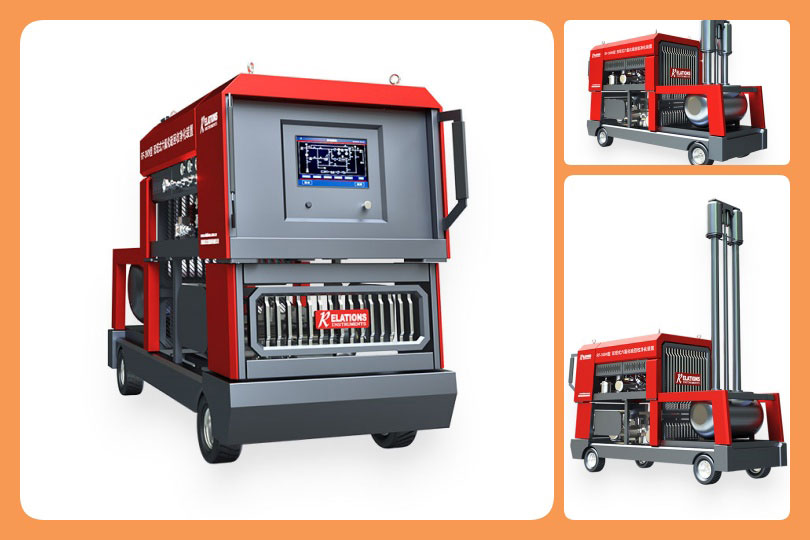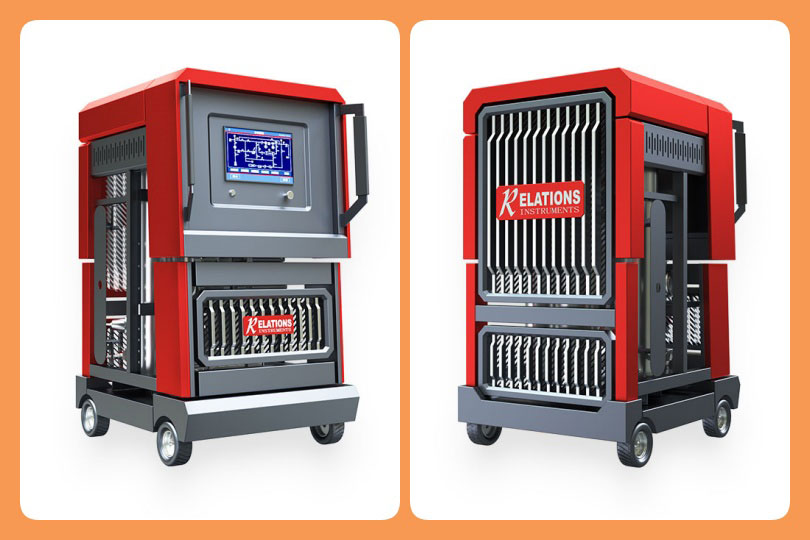Analysis of the Operational Process Differences of SF6 High-power Recovery Devices
Date
2025-05-12
[email protected]
Website
www.sf6gasdetector.com
Get Solutions And Quotes
Analysis of the Operational Process Differences of SF6 High-power Recovery Devices
In the power industry, the operations of SF6 gas recovery, charging, and bottling are of great significance. Different types of SF6 high-power recovery devices, such as the freezing and liquefaction method, adsorption method, and chemical absorption method, have significant differences in the operational process. This article will provide a detailed analysis of these differences to help you better select and use the appropriate recovery device.
1. Freezing and Liquefaction Method
The operational process of recovering SF6 gas by the freezing and liquefaction method is relatively complex. Firstly, according to the ambient temperature and gas volume during recovery, the freezing compressor needs to be started in advance. Then, connect the pipelines and open the relevant valves, and control the exhaust pressure of the SF6 compressor to be below 2.0MPa. During the recovery process, observe the liquid level in the storage container through the sight glass to ensure that the liquid level does not exceed two-thirds of the sight glass. After the recovery is completed, close the freezing compressor and the relevant valves. During the charging, discharging, and bottling operations, the pressure and liquid level also need to be strictly controlled to ensure operational safety.
2. Adsorption Method
The key points of the operation of the adsorption method recovery device lie in the state control and regeneration of the adsorbent. Before recovery, connect the pipeline between the recovery device and the equipment to be recovered, and start the vacuum pump to evacuate the pipeline. Then, turn on the heating and cooling system of the adsorbent packed bed to adjust the adsorbent to the optimal working state. During the recovery process, the SF6 gas is adsorbed by the adsorbent, and the impurity gas is discharged. When the adsorbent reaches saturation, the regeneration process needs to be switched to or the adsorbent needs to be replaced. During the charging, discharging, and bottling operations, the gas pressure and filling quality need to be strictly controlled.
3. Chemical Absorption Method
The key of the chemical absorption method recovery device lies in the selection, circulation of the absorbent liquid, and the desorption process. During recovery, connect the recovery device to the SF6 gas equipment and start the absorbent liquid circulation pump. The SF6 gas enters the absorption tower and fully contacts with the absorbent liquid to undergo a chemical reaction. When the absorbent liquid reaches saturation or the absorption effect decreases, the absorbent liquid needs to be treated or replaced. During the charging and discharging operations, the rich liquid after absorption needs to be desorbed, and the desorbed SF6 gas is charged into the equipment after purification. During the bottling operation, the bottling speed and pressure need to be strictly controlled.
Summary
Different types of SF6 high-power recovery devices have their own characteristics in the operational process. The freezing and liquefaction method involves multiple links such as refrigeration and compression; the adsorption method focuses on the state control and regeneration of the adsorbent; the chemical absorption method pays attention to the selection, circulation of the absorbent liquid, and the desorption process. In actual operation, the operation procedures need to be strictly followed to ensure the safety and efficiency of SF6 gas recovery, charging, discharging, and bottling operations.
